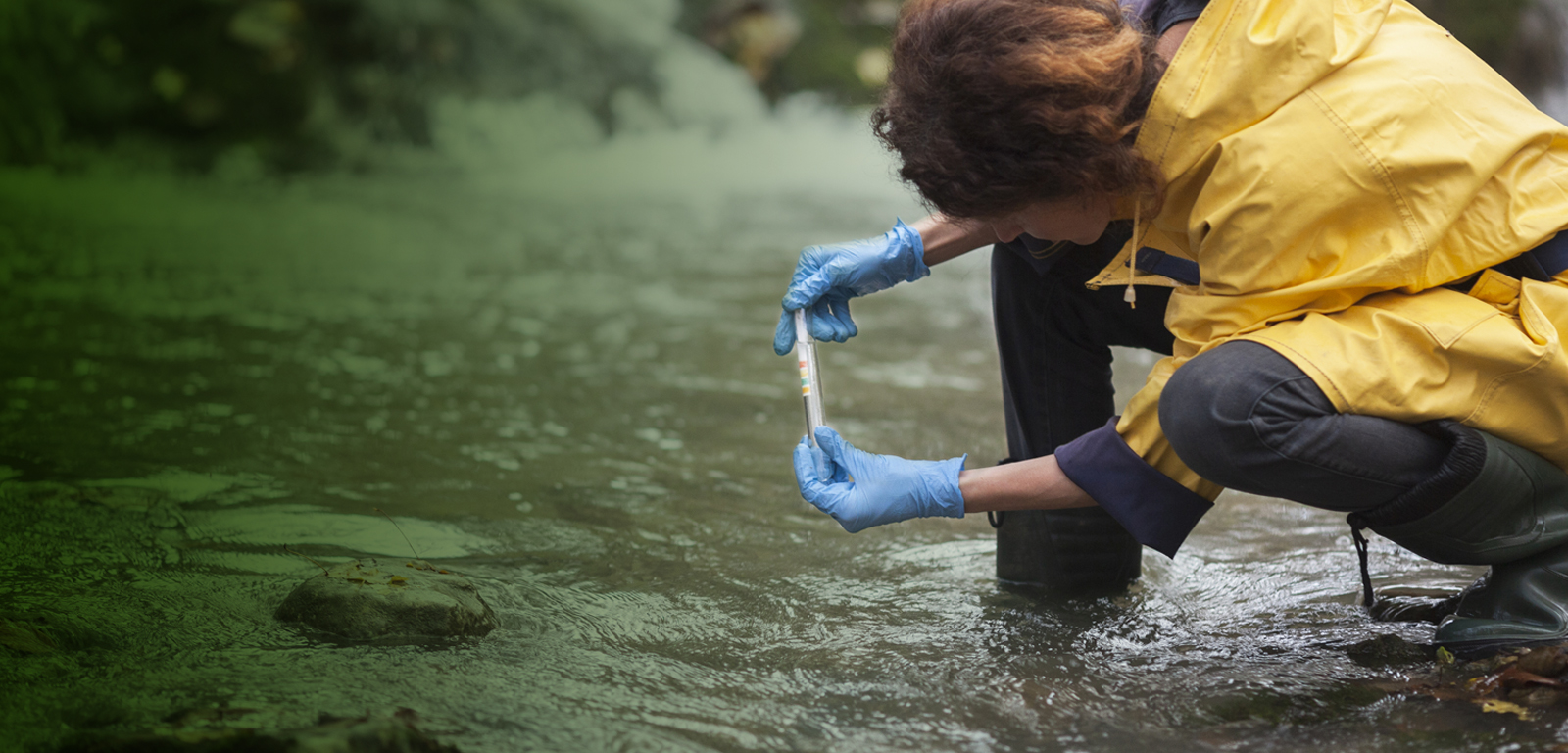Subject
Biogeochemistry of environmental pollutants
General details of the subject
- Mode
- Face-to-face degree course
- Language
- English
Description and contextualization of the subject
In this unit, the basics of biogeochemistry will be provided through the presentation of the water, carbon, nitrogen and phosphorous biogeochemical cycles and the impact of human activities on these cycles. This will be completed by a general introduction about the sources and fate of pollutants in the environment. A comprehensive overview of the main environmental pollutants classes (i.e. organic micro-pollutants and trace metals) and of associated ecodynamics in aquatic ecosystems will be provided. A description of the atmospheric compartment as well as the main associated issues related to air quality and climate change will be described. Finally, the inputs of in silico methodologies to predict the physico-chemical and ecotoxicological properties of a substance as well as the role of the dissolved organic matter on the fate of pollutants in aquatic ecosystems will be emphasized.Aims
¿ To provide fundamental knowledge for the most comprehensive and in-depth understanding of the fate of pollutants in aquatic and atmospheric environments.
Objectives
At the end of the unit, you should:
1. Know the basics of water, C, N and P cycles
2. Know the basics of typical organic micro-pollutants and trace metals environmental fate
3. Understand the key parameters controlling the environmental fate of pollutants in atmospheric and aquatic environments
4. Know the principle of QSAR methods to predict the properties of pollutants.
Teaching staff
| Name | Institution | Category | Doctor | Teaching profile | Area | |
|---|---|---|---|---|---|---|
| ORTIZ ZARRAGOITIA, MAREN | University of the Basque Country | Profesorado Agregado | Doctor | Bilingual | Cellular Biology | maren.ortiz@ehu.eus |
Competencies
| Name | Weight |
|---|---|
| Que el estudiante sepa y entienda los conceptos teóricos de los ciclos biogeoquímicos, así como los aspectos prácticos de los mismos y sus aplicaciones. | 25.0 % |
| Que el estudiante sepa y entienda los conceptos teóricos en torno a la biodisponibilidad de contaminantes químicos ambientales, así como los aspectos prácticos y sus aplicaciones. | 25.0 % |
| Que el estudiante sea capaz de diseñar y elaborar modelos numéricos, estadísticos y computacionales en lo referente a los ciclos biogeoquímicos de los contaminantes químicos ambientales, sus efectos sobre los seres vivos y los procedimientos de evaluación de riesgo e impacto. | 25.0 % |
| Que el estudiante sea capaz de recolectar, registrar y analizar (tratamiento y computerización) datos sobre contaminación y toxicidad (de campo y de laboratorio) mediante técnicas y equipamiento de última generación. | 25.0 % |
Study types
| Type | Face-to-face hours | Non face-to-face hours | Total hours |
|---|---|---|---|
| Lecture-based | 28 | 42 | 70 |
| Seminar | 2 | 3 | 5 |
| Workshop | 30 | 45 | 75 |
Training activities
| Name | Hours | Percentage of classroom teaching |
|---|---|---|
| Classroom/Seminar/Workshop | 80.0 | 40 % |
| Lectures | 70.0 | 40 % |
Assessment systems
| Name | Minimum weighting | Maximum weighting |
|---|---|---|
| Written examination (theory) | 0.0 % | 100.0 % |
Learning outcomes of the subject
At the end of the unit, you should understand:1. Impacts of human activities on the water, C, N and P biogeochemical cycles
2. The key parameters controlling the environmental fate of pollutants in atmospheric and aquatic environments
Temary
Topics covered include:Water, carbon, nitrogen and phosphorous biogeochemical cycles
Environmental fate of organic micropollutants in aquatic systems
Biogeochemistry of trace metals
Role of dissolved organic matter
QSAR methods for molecular properties prediction
Basics on atmospheric chemistry and fate of pollutants in the atmosphere
Introduction to climate change
Bibliography
Basic bibliography
Biogeochemistry: An Analysis of Global Change, 3rd Edition by W.H. Schlesinger and E. S. Bernhardt, 2013Chemistry of the Upper and Lower Atmosphere: Theory, Experiments, and Applications by B. J. Finlayson-Pitts and J. N. Pitts Jr., 1999


